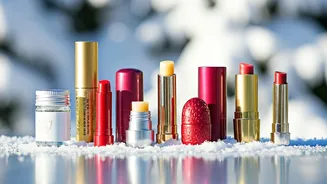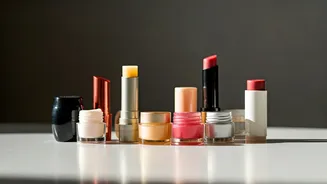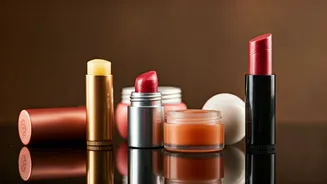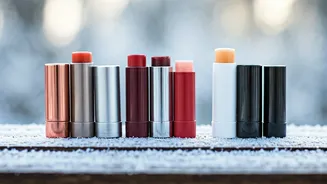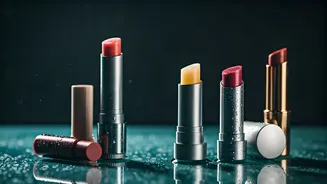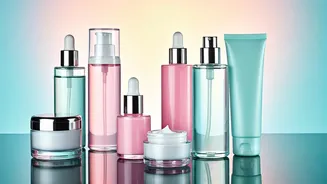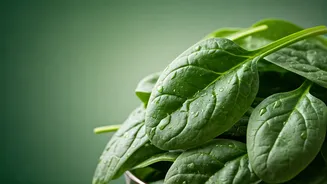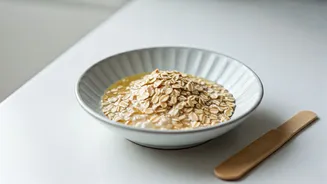Winter's Lip Challenges
Winter weather significantly impacts our skin, particularly our lips, due to the cold, dry air. This results in the loss of moisture, leading to chapping,
cracking, and discomfort. External factors, such as wind and indoor heating, exacerbate these issues. Lips lack oil glands, making them susceptible to dryness. Understanding these challenges is key to effective lip care. The thin skin on lips makes them highly vulnerable. Frequent exposure to cold air accelerates moisture evaporation, causing them to dry out quickly. Indoor environments, often heated, contribute by reducing humidity. These combined factors create the perfect storm for chapped lips, highlighting the importance of preventative care and the use of lip balms.
Balm Ingredients Matters
The effectiveness of a lip balm greatly depends on its ingredients. Look for balms with emollients, humectants, and occlusives. Emollients like shea butter and cocoa butter soften and smooth the skin. Humectants such as hyaluronic acid attract and retain moisture. Occlusives, including beeswax and petrolatum, create a protective barrier, preventing moisture loss. Opting for balms that include a combination of these ingredients ensures comprehensive hydration. Avoid balms with irritants such as fragrances, alcohol, and certain flavorings that could worsen dryness. Always check the ingredient list. Ingredients that are beneficial often work together to provide optimal results. For instance, a balm with shea butter (emollient) and hyaluronic acid (humectant) offers both softening and moisture-retention properties, while beeswax (occlusive) locks in that moisture.
Balm: Lip Therapy
Using lip balms regularly is a simple yet crucial step in lip care, especially during winter. Application should be frequent, particularly before going outdoors, after eating, and before bedtime. For those suffering from extreme dryness or chapping, reapplication every couple of hours might be needed. Consistency is key to maintaining healthy, hydrated lips. Beyond regular use, consider carrying a lip balm everywhere. This way, you can provide immediate relief and protection whenever needed. Making it part of your routine—like applying hand cream—is a proactive measure against winter's effects. Remember, a thin layer is sufficient to provide protection and support the skin's natural barrier. Avoid over-applying, as it might lead to product buildup without increasing its benefits.
Eight Balm Recommendations
Here are eight lip balm options. First, consider balms that use natural oils, such as coconut oil or olive oil, known for their moisturizing qualities. Next, those containing vitamin E can offer antioxidant protection and healing support. Some balms also incorporate sun protection. Additionally, look into balms with ingredients like ceramides, known for reinforcing the skin barrier. Various brands offer options designed for specific needs. Some come in sticks for easy application, while others come in pots for richer textures. Experiment to determine which formulations and flavors best suit your preferences and the level of dryness you experience. Consider the weather, the duration you spend outside, and your personal comfort when choosing a balm.
Consider SPF Protection
Protecting your lips from the sun is an often-overlooked aspect of lip care. The sun's UV rays can lead to dryness, burning, and even accelerated aging of the lips. During winter, while the sun's intensity might seem lower, UV radiation can still cause damage. Lip balms containing SPF offer essential protection. When choosing a balm, ensure it provides broad-spectrum protection, shielding against both UVA and UVB rays. Reapply the balm frequently, especially during extended periods outdoors. Sun protection is a year-round requirement. Consider using a balm with a higher SPF if you're engaging in activities like skiing or snowboarding. This adds an extra layer of defense against harsh environmental conditions.
Additional Tips for Lips
Alongside using lip balms, some simple habits can significantly improve lip health. First, stay hydrated by drinking enough water to keep the skin hydrated from within. Avoid licking your lips, which can exacerbate dryness. Refrain from peeling off dry skin, as it might cause more damage. Use a humidifier at home to add moisture to the air, particularly during winter. These supplementary steps complement the effects of lip balms and lead to improved lip health. Consuming a balanced diet and avoiding excessive exposure to harsh weather conditions can also protect your lips. Remember that good lip care involves several simple habits that help you keep your lips healthy and beautiful throughout the year.
Balm Application Techniques
Proper application ensures lip balms work effectively. Apply the balm gently, without pressing too hard, to avoid irritating your lips. Using clean fingers or a lip balm stick is crucial for maintaining hygiene. Applying the balm evenly, across both the upper and lower lips, ensures complete coverage. Regularly reapply the balm, especially after eating or drinking, or whenever lips feel dry. Exfoliating your lips before applying balm can improve its absorption. You can use a gentle lip scrub, or a soft toothbrush, to remove dead skin cells. However, don't exfoliate too often, as over-exfoliation might cause sensitivity. Following these application techniques maximizes the benefits of your lip balm, helping maintain hydrated and healthy lips.
